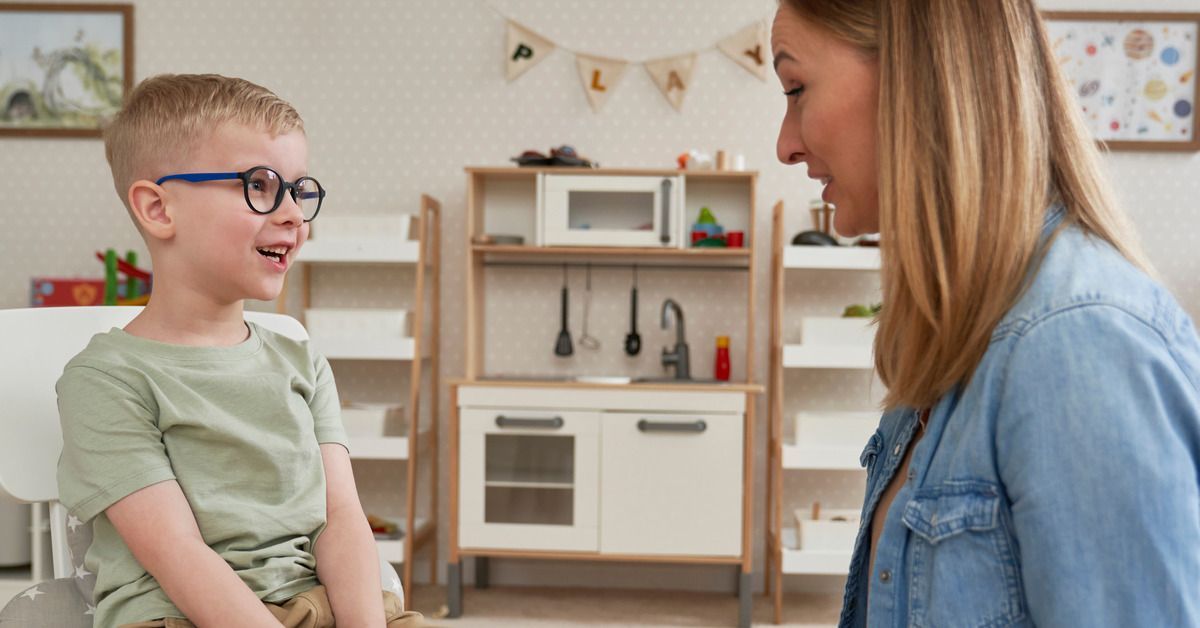Ways To Help Children With Autism Improve Eye Contact
Eye contact is as an essential component of nonverbal communication. However, for children with autism spectrum disorder (ASD), maintaining eye contact can present a unique set of challenges due to their individual sensory experiences.
Let’s explore various strategies that may assist children with autism in improving eye contact. It’s important, however, to remember that each child is unique, and respecting their comfort levels and individual differences throughout this process remains paramount.
Creating a Comfortable Environment
One primary step toward encouraging eye contact in children with autism involves creating a comfortable and secure environment. This environment should be devoid of distractions and overwhelming stimuli. In such a peaceful setting, the child may feel more relaxed to engage in eye-to-eye interaction. The reinforcement of naturally occurring instances of eye contact can also prove beneficial.
Utilizing Engaging Visuals
Visual supports can prove highly effective when you’re trying to work on eye contact with your child. These supports can take the form of pictures, symbols, or other visual aids that attract the child’s attention. Positioning these visuals near your face can indirectly encourage your child to make eye contact.
Implementing Prompting Techniques
Prompting techniques, such as modeling or shaping, can guide your child toward making eye contact. For instance, you can model making eye contact by demonstrating it yourself during conversations. Shaping involves reinforcing each small step toward the desired behavior.
Practicing Through Play
Play-based activities offer a natural and enjoyable way to practice eye contact. For example, blowing bubbles and then waiting can often elicit eye contact. During play, you can also use toys or activities that your child enjoys, motivating them to look at you.
Consulting Professionals
Professional therapists and educators possess the necessary knowledge and skills to assist children with autism in improving their eye contact. When you enroll your child at an ABA therapy center, they can reap the benefits of personalized strategies and interventions based on their individual needs. Your child’s therapist will prioritize the child’s comfort and individual processing methods. This way, your child will become more comfortable making eye contact, even if it’s brief.
Improving eye contact in children with autism is a gradual process, requiring patience, understanding, and respect for the child’s unique experiences. Eye contact is not a universal goal for all children with autism, but it can enhance their social interactions when you approach it with sensitivity. Always remember to consult professionals for tailored strategies, and never forget to maintain a comfortable environment where your child feels safe and at ease.







